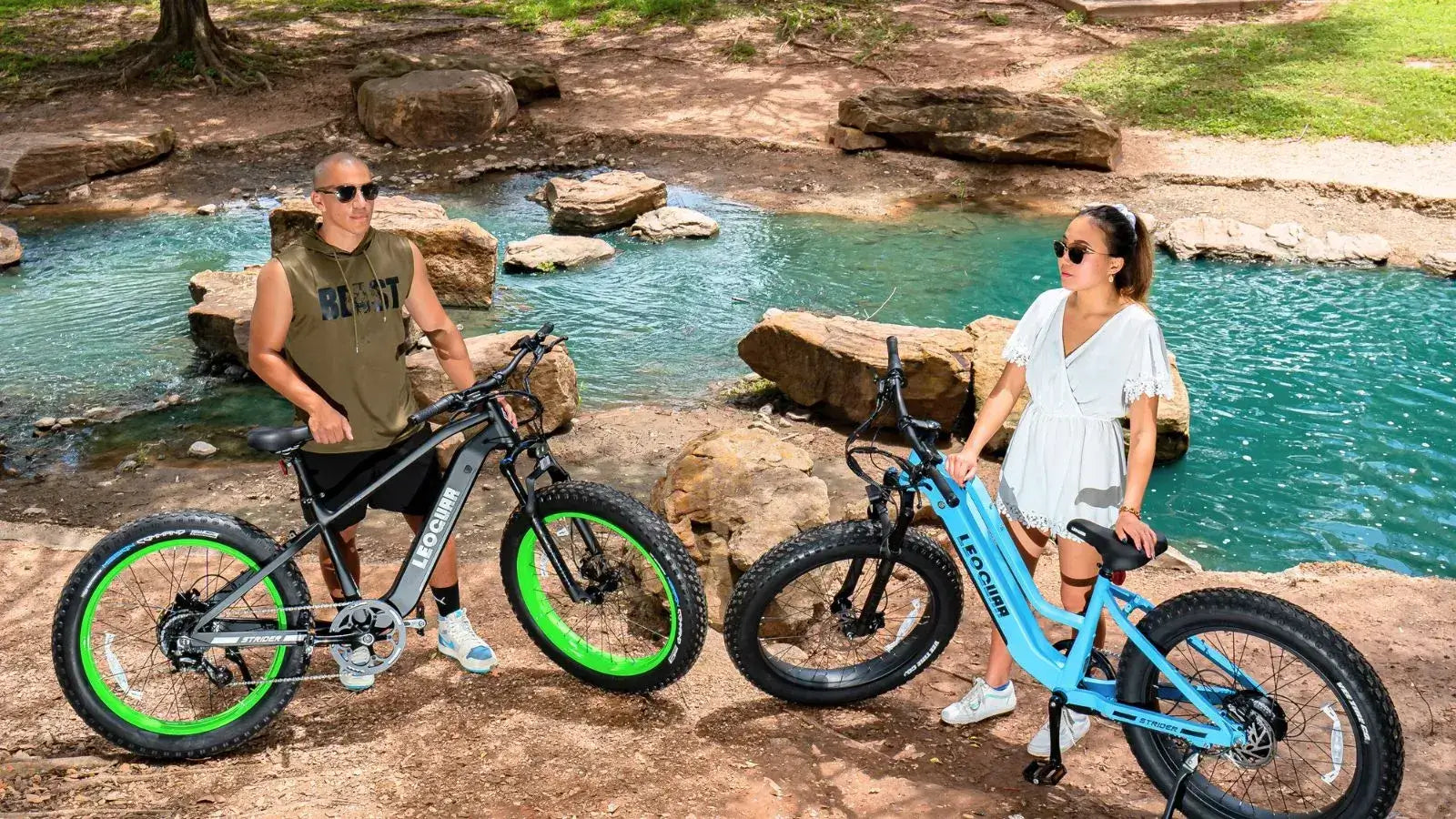
How Does an Electric Bike Hub Motor Work? A Beginner’s Guide
A hub motor works by using electricity from the battery to spin a motor built into the wheel hub. When the rider uses the throttle or pedals, the controller sends power to the motor, which rotates the wheel and propels the e-bike forward. Rear hub motors are especially common due to their stability, simplicity, and low maintenance.
Electric bike hub motors are essential for powering e-bikes efficiently. This guide will quickly explain how these motors work, focusing on key components like the controller, power source, and pedal assist & throttle systems. Understanding these elements will help you choose or upgrade your e-bike effectively.
Understanding the Basics of Electric Bike Motors
Electric bike motors are the driving force behind e-bikes, converting electrical energy into mechanical energy to propel the bicycle. They come in various types, including hub motors, which are among the most popular due to their simplicity and ease of use.
What is an Electric Bike Hub Motor?
A hub motor is a type of electric motor integrated into the hub of a bike's wheel. It can be installed in either the front or rear wheel, with each placement offering different riding experiences. In this guide, we’ll focus on the ebike rear hub motor, which is the most common configuration due to its balance between power delivery and ease of installation. Compared to front hub motors, rear hub motors offer improved traction, especially on steep hills or loose terrain.
Geared vs. Direct Drive Hub Motors
Hub motors come in two main types: geared and direct drive.
-
Geared Hub Motors: These use internal gears to increase torque, making them ideal for climbing hills and accelerating quickly. They are generally smaller and lighter, but the gears can wear out over time.
-
Direct Drive Hub Motors: These have no gears, relying on the motor's power to rotate the wheel. They are larger and heavier but offer a smoother and quieter ride with less maintenance required.
Each type has its pros and cons, and the choice often depends on your specific needs and riding style.

Components of an Electric Bike Hub Motor
To understand how a hub motor works, it's crucial to know its main components:
The Motor Itself
The motor is the core component, responsible for creating the rotational force needed to move the wheel. It consists of a stator (stationary part) and a rotor (moving part). When the motor is powered, the rotor spins, causing the wheel to rotate.
The Controller
The controller acts as the brain of the e-bike, regulating the power flow from the battery to the motor. It ensures that the motor receives the correct amount of power, allowing you to control your speed and acceleration smoothly.
The Power Source
The power source, typically a rechargeable lithium-ion battery, provides the electrical energy needed to run the motor. The battery's capacity and voltage determine how far and how fast your e-bike can go.
Pedal Assist & Throttle
E-bikes often feature pedal assist and throttle systems to enhance your riding experience.
-
Pedal Assist: This system automatically provides motor assistance as you pedal, making it easier to ride, especially on inclines.
-
Throttle: Allows you to control the motor's power directly without pedaling, similar to a scooter.
Hub Motor Wiring Diagram Explained
Understanding the wiring layout helps with troubleshooting and DIY repairs. A typical hub motor wiring diagram includes:
-
Power Wires (Thick Red/Black) – Connect battery to controller
-
Phase Wires (Yellow/Green/Blue) – Carry power from controller to motor
-
Hall Sensor Wires (Thin Red/Black/Yellow/Blue/Green) – Send motor position signals
How Does the Hub Motor Work?
Understanding how an electric bike hub motor works involves seeing how these components come together to rotate the wheel. Here's a step-by-step explanation:
-
Power On: When you start your e-bike, the battery sends electrical energy to the controller.
-
Signal Processing: The controller processes input from the throttle or pedal assist sensors to determine how much power to send to the motor.
-
Motor Activation: The controller sends the appropriate amount of power to the motor, which activates the rotor.
-
Wheel Rotation: The rotor spins, turning the wheel hub and propelling the bike forward. The amount of power determines the speed and torque of the wheel.
Advantages of Hub Motors
Hub motors are popular for several reasons:
-
Ease of Installation: They are relatively easy to install and can be retrofitted to most standard bicycles.
-
Low Maintenance: With fewer moving parts, hub motors generally require less maintenance compared to other types of motors.
-
Quiet Operation: They operate quietly, providing a smooth and pleasant riding experience.
Limitations of Hub Motors
While hub motors are advantageous, they also have limitations:
-
Weight: Hub motors add weight to the wheel, which can affect handling and maneuverability.
-
Limited Torque: Compared to mid-drive motors, hub motors typically offer less torque, which can be a disadvantage in hilly terrains.
Choosing the Right Hub Motor for Your Needs
When selecting a hub motor for your city electric bikes, consider factors such as:
-
Terrain: If you frequently ride on steep hills, a geared hub motor might be a better choice due to its enhanced torque.
-
Distance: Consider the battery capacity and motor efficiency if you plan on long rides.
-
Riding Style: Think about whether you prefer a more hands-on approach with pedal assist or the convenience of a throttle.
Hub Motor Kit vs. Built-In Motor
When shopping for e-bike upgrades, you’ll often encounter ebike hub motor kits. These conversion kits allow you to retrofit a standard bicycle with a hub motor, controller, throttle, and battery system.
Benefits of Hub Motor Kits:
-
Cost-effective for DIY upgrades
-
Compatible with many standard bikes
-
Flexibility in choosing components
Built-In Hub Motors, on the other hand, come integrated within the frame or wheel from the factory, offering better waterproofing, durability, and sleek design.
Which is Better?
If you're budget-conscious or want a fun DIY project, a hub motor kit may be ideal. But for performance, warranty, and reliability, a built-in system (like Leoguar’s rear hub e-bikes) is often the better choice.
FAQs
1. How does a hub motor work on an electric bike?
A hub motor works by converting electrical energy into mechanical rotation within the wheel hub. When the battery sends power to the motor via the controller, the rotor inside the hub spins, driving the wheel forward. This system offers a smooth and quiet riding experience, especially on paved roads or flat terrain.
2. What are the advantages of an ebike rear hub motor?
An ebike rear hub motor provides better traction, especially when riding uphill or on slippery surfaces. Because the weight is distributed over the rear wheel, it improves stability and balance. Rear hub motors are also more discreet and integrate well with traditional bike frames.
3. How to test an ebike hub motor if it stops working?
To test an ebike hub motor, start by checking the wiring connections from the controller to the motor. Then, use a multimeter to measure voltage and continuity through the motor’s phase wires and Hall sensor cables. Spinning the wheel and checking signal outputs can help diagnose sensor or controller issues.
4. Is it worth getting an ebike hub motor kit to upgrade a standard bike?
Yes, an ebike hub motor kit is a cost-effective way to convert a regular bicycle into an electric bike. These kits typically include a hub motor wheel, controller, throttle, and sometimes a display. They’re ideal for DIY users who want flexibility without buying a brand-new e-bike.
5. Can I understand the motor setup through a hub motor wiring diagram?
Absolutely. A hub motor wiring diagram shows how each wire connects components like the motor, controller, and battery. Common wires include phase wires (for power delivery), Hall sensor wires (for motor position), and throttle/display wires. Studying the diagram helps with troubleshooting and installation.



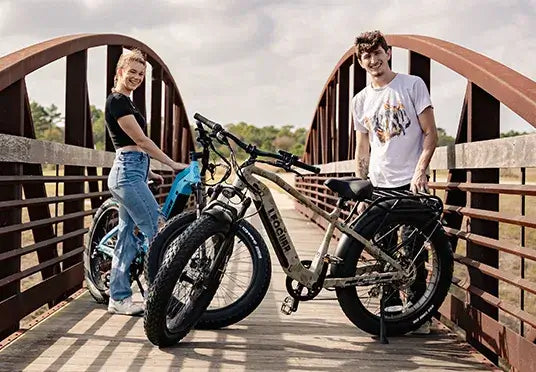
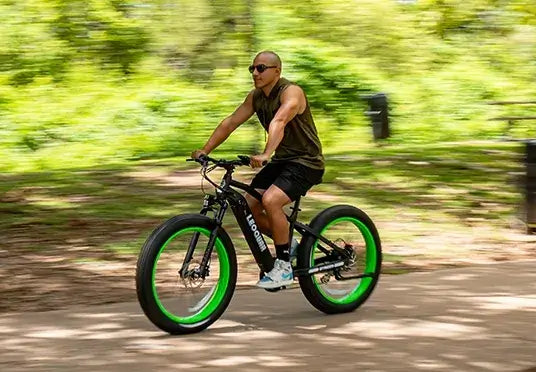
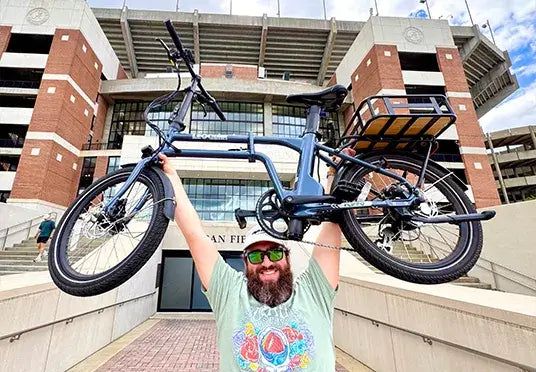
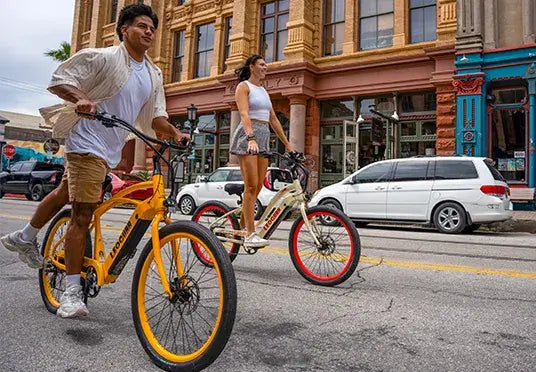
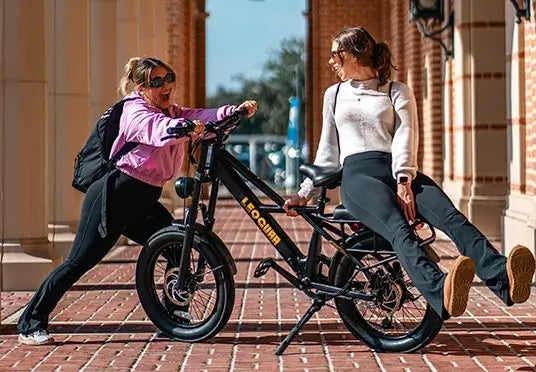
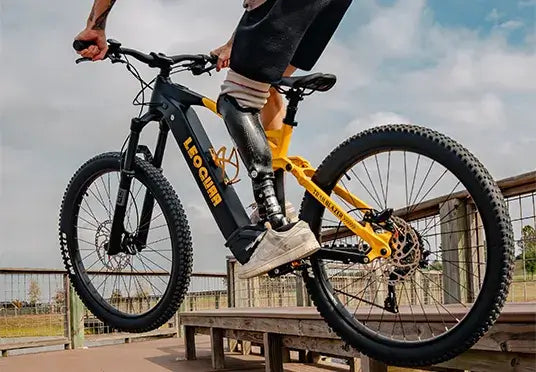
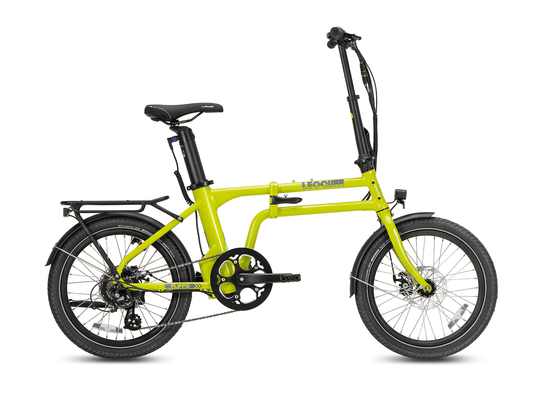
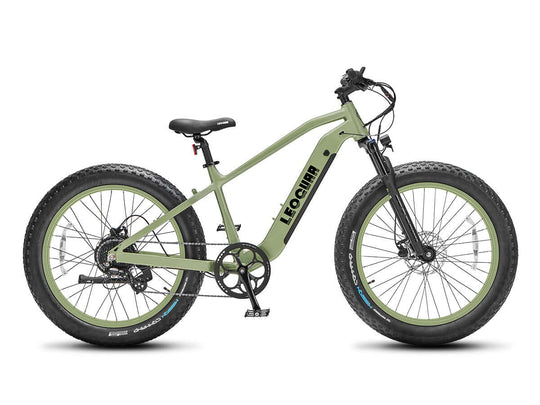
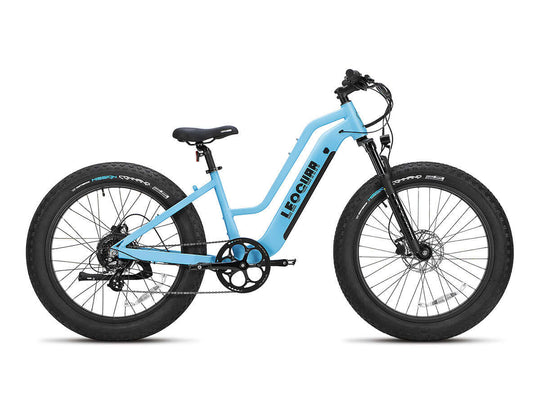
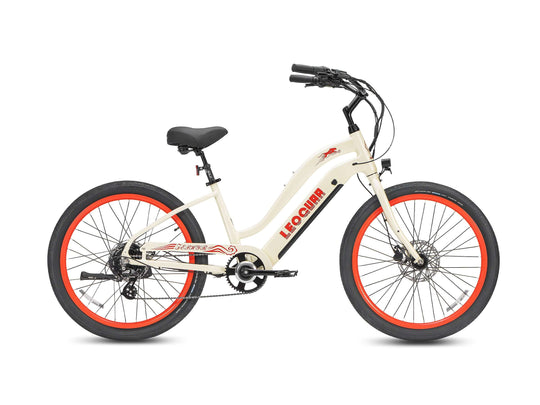
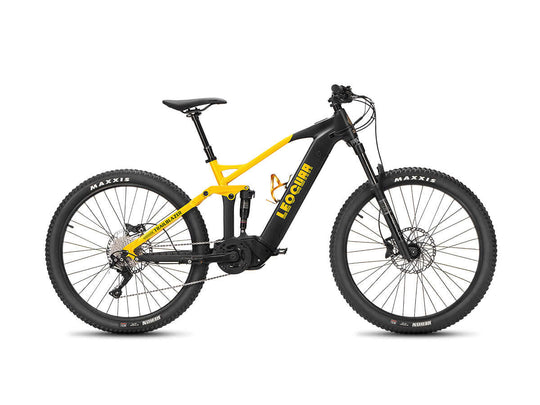
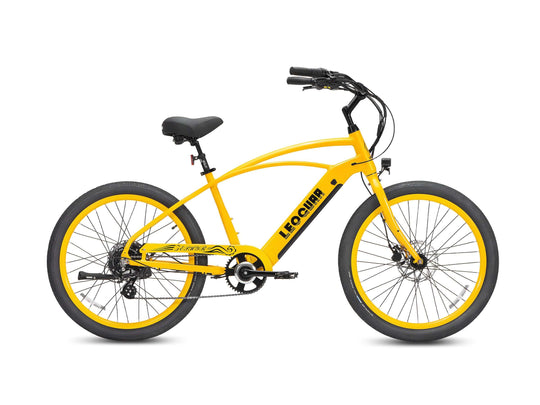
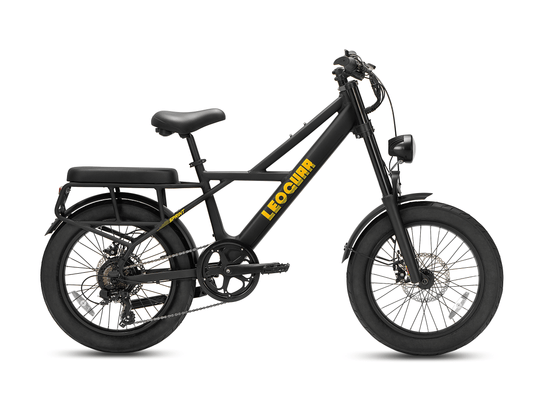
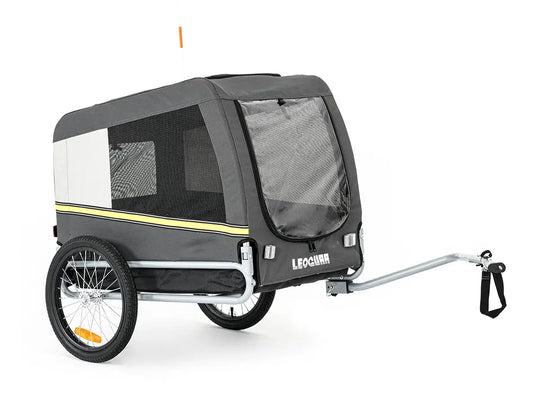
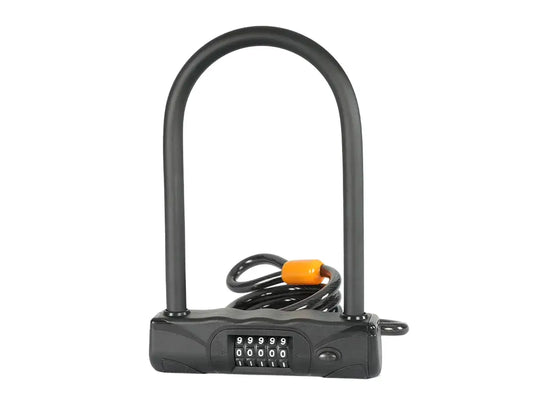
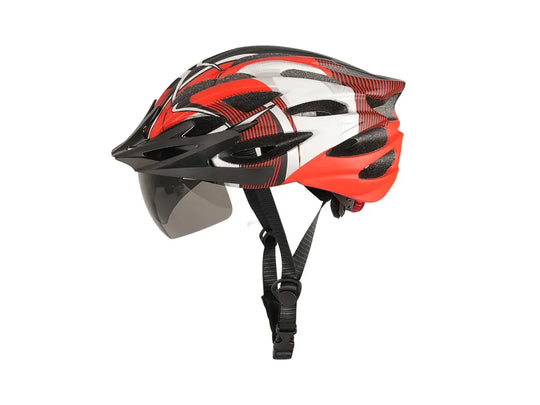
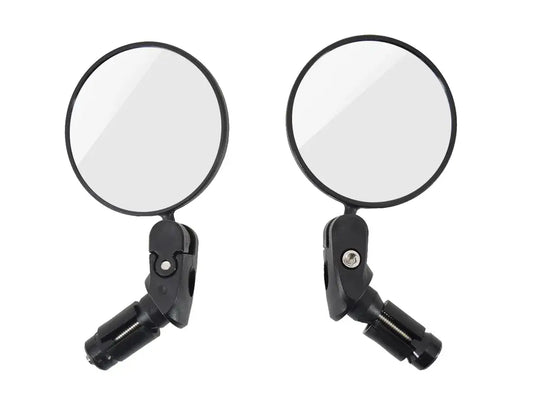
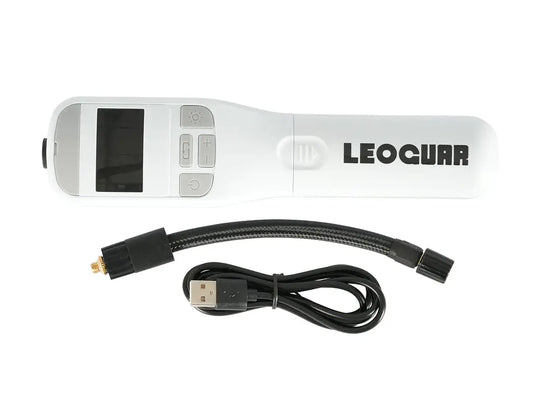
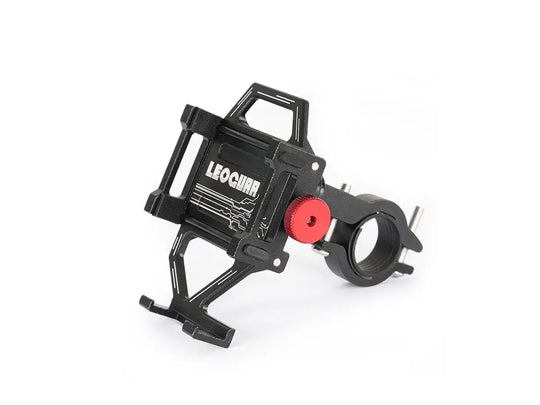

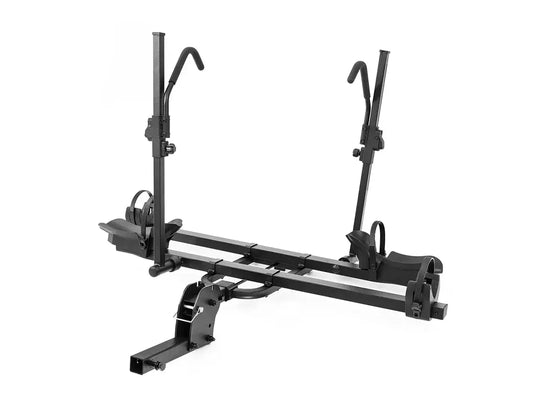
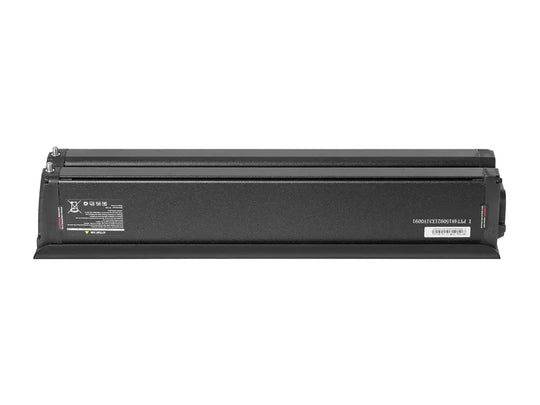
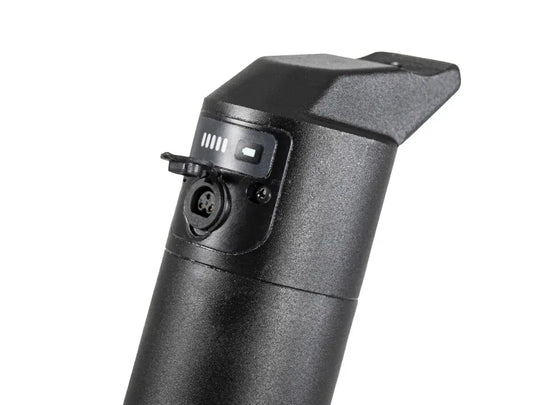
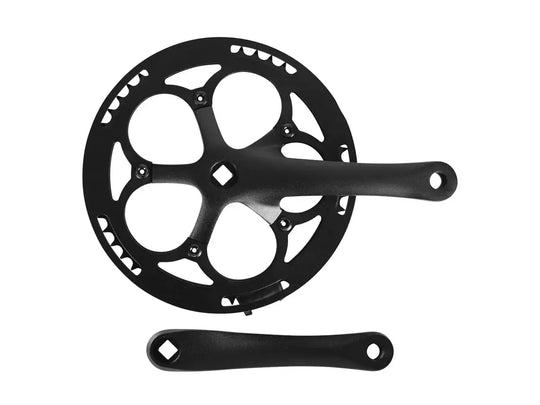
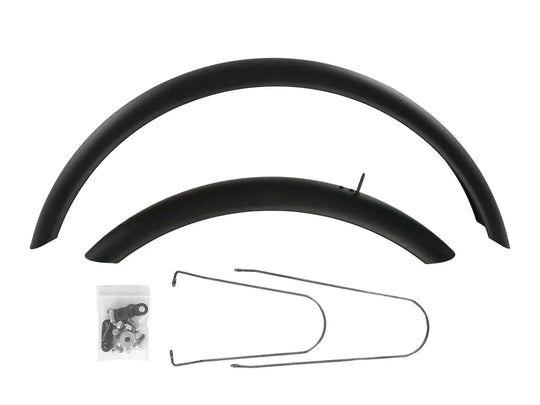
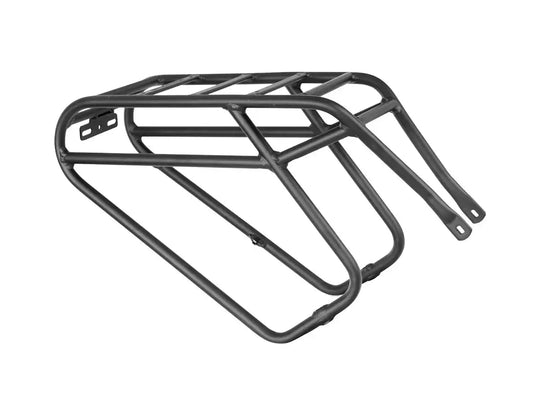
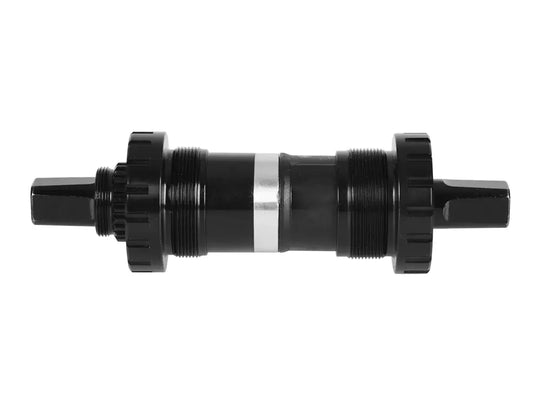
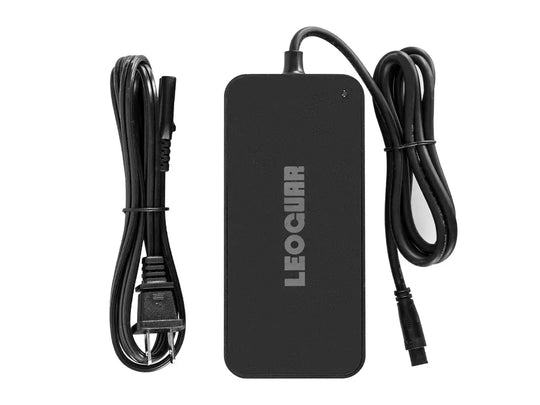
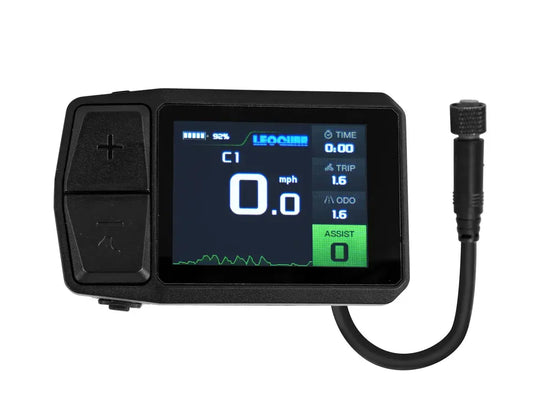
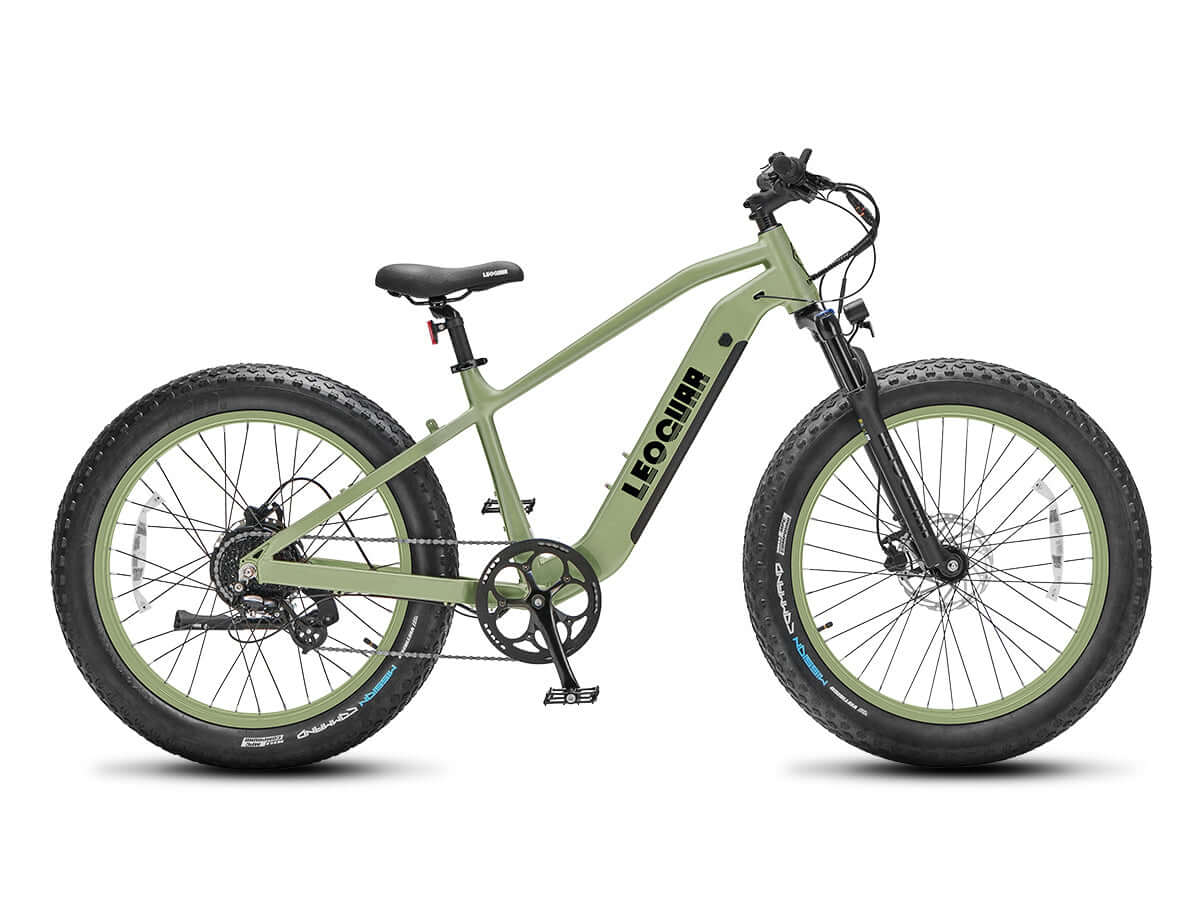







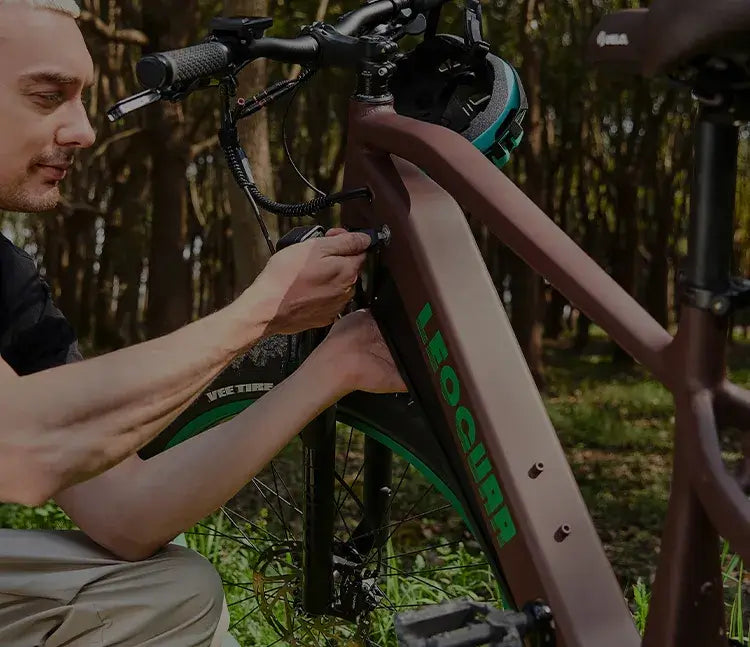
Leave a comment